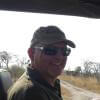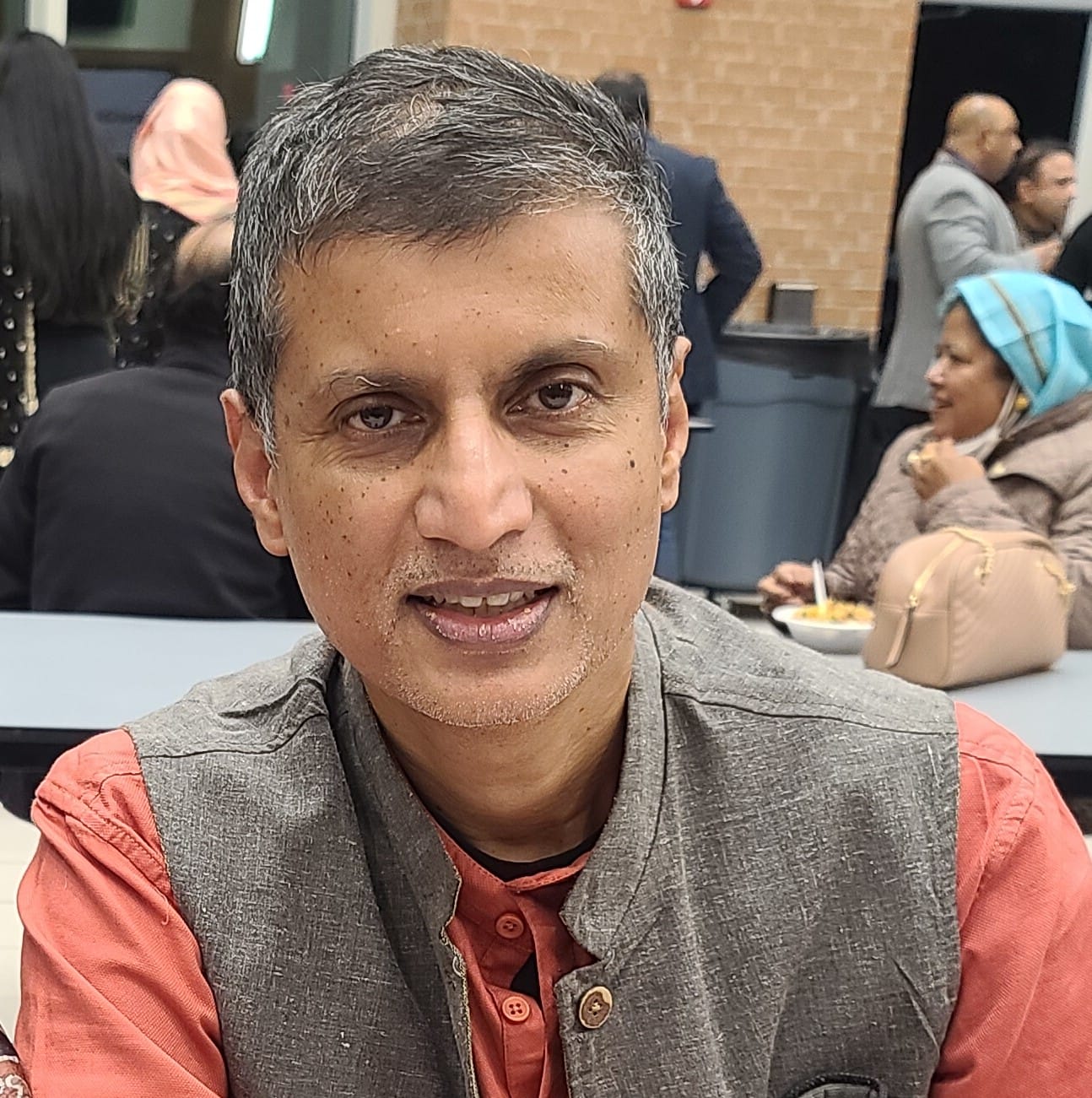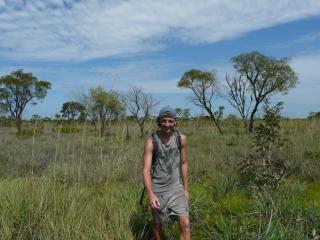With new technologies revolutionizing data collection, wildlife researchers are becoming increasingly able to collect data at much higher volumes than ever before. Now we are facing the challenges of putting this information to use, bringing the science of big data into the conservation arena. With the help of machine learning tools, this area holds immense potential for conservation practices. The applications range from online trafficking alerts to species-specific early warning systems to efficient movement and biodiversity monitoring and beyond.
However, the process of building effective machine learning tools depends upon large amounts of standardized training data, and conservationists currently lack an established system for standardization. How to best develop such a system and incentivize data sharing are questions at the forefront of this work. There are currently multiple AI-based conservation initiatives, including Wildlife Insights and WildBook, that are pioneering applications on this front.
This group is the perfect place to ask all your AI-related questions, no matter your skill level or previous familiarity! You'll find resources, meet other members with similar questions and experts who can answer them, and engage in exciting collaborative opportunities together.
Just getting started with AI in conservation? Check out our introduction tutorial, How Do I Train My First Machine Learning Model? with Daniel Situnayake, and our Virtual Meetup on Big Data. If you're coming from the more technical side of AI/ML, Sara Beery runs an AI for Conservation slack channel that might be of interest. Message her for an invite.
Header Image: Dr Claire Burke / @CBurkeSci

Explore the Basics: AI
Understanding the possibilities for incorporating new technology into your work can feel overwhelming. With so many tools available, so many resources to keep up with, and so many innovative projects happening around the world and in our community, it's easy to lose sight of how and why these new technologies matter, and how they can be practically applied to your projects.
Machine learning has huge potential in conservation tech, and its applications are growing every day! But the tradeoff of that potential is a big learning curve - or so it seems to those starting out with this powerful tool!
To help you explore the potential of AI (and prepare for some of our upcoming AI-themed events!), we've compiled simple, key resources, conversations, and videos to highlight the possibilities:
Three Resources for Beginners:
- Everything I know about Machine Learning and Camera Traps, Dan Morris | Resource library, camera traps, machine learning
- Using Computer Vision to Protect Endangered Species, Kasim Rafiq | Machine learning, data analysis, big cats
- Resource: WildID | WildID
Three Forum Threads for Beginners:
- I made an open-source tool to help you sort camera trap images | Petar Gyurov, Camera Traps
- Batch / Automated Cloud Processing | Chris Nicolas, Acoustic Monitoring
- Looking for help with camera trapping for Jaguars: Software for species ID and database building | Carmina Gutierrez, AI for Conservation
Three Tutorials for Beginners:
- How do I get started using machine learning for my camera traps? | Sara Beery, Tech Tutors
- How do I train my first machine learning model? | Daniel Situnayake, Tech Tutors
- Big Data in Conservation | Dave Thau, Dan Morris, Sarah Davidson, Virtual Meetups
Want to know more about AI, or have your specific machine learning questions answered by experts in the WILDLABS community? Make sure you join the conversation in our AI for Conservation group!
Founder & Director of Tech 4 Conservation

- 0 Resources
- 1 Discussions
- 3 Groups
- 0 Resources
- 0 Discussions
- 8 Groups
Allen Institute for AI
Communications for EarthRanger and Skylight



- 8 Resources
- 5 Discussions
- 10 Groups
- 0 Resources
- 0 Discussions
- 6 Groups
TerrOïko
PhD Student in statistical ecology
- 0 Resources
- 0 Discussions
- 7 Groups
TerrOïko
I am an ecological data engineer at Terroïko, where I work on OCAPI, a platform for semi-automatic camtrap data annotation, biodiversity data interoperability and biodiversity indicators.


- 0 Resources
- 10 Discussions
- 6 Groups
TerrOïko
R&D Engineer
- 0 Resources
- 0 Discussions
- 6 Groups
Polytechnic University of Catalonia (UPC)
- 0 Resources
- 0 Discussions
- 1 Groups
- @catwasp
- | She/her
- 0 Resources
- 0 Discussions
- 19 Groups
- 0 Resources
- 0 Discussions
- 4 Groups
- @devizeskayak
- | he/him
- 0 Resources
- 0 Discussions
- 1 Groups
- @IsobelAshbey
- | She/her/hers
Running a Tech for Good initiative at Cambridge Consultants, looking for organisations who need help developing new technology for conservation


- 1 Resources
- 8 Discussions
- 5 Groups
More than half of all primate species are endangered, including our closest living relative, the chimpanzee. Could Passive Acoustic Monitoring (PAM) be applied to primates as well as it has been for other taxa? In this...
29 June 2016
Operating the largest tropical forest camera trap network globally, TEAM Network has accumulated over 2.6 million images. How can large datasets coupled with new techniques for data management and analysis provide...
28 April 2016
Camera traps have revolutionised wildlife research and conservation, enabling scientists to collect photographic evidence of rarely seen and often globally endangered species, with low expense, relative ease, and...
20 April 2016
Thousands of papers and reports about flora and fauna are published each year. While peer-reviewed published information is vitally important to conservation organisations, the ever-increasing mountain of information...
5 April 2016
When Victoria Espinel, President and CEO of BSA | The Software Alliance, spoke at the WWF Fuller Symposium, she took us on a whistle-stop tour of case studies where software and data are transforming our understanding...
10 March 2016
The Captain Planet Foundation is offering EcoTech grants in the amount of $2,500 to engage children in inquiry-based project in STEM fields.
18 February 2016
New horizon scanning report published this month identifies 15 emerging threats and opportunities for global biodiversity.
3 February 2016
From artificial “sniffer” technologies to portable DNA sequencers, the Wildlife Crime Tech Challenge received hundreds of innovative ideas to help stamp out wildlife crime. Now, the Challenge is proud to announce 16...
22 January 2016
Dr. Lucas Joppa, Scientist at Microsoft Research, considers the evolving impact of data in conservation and society. He examines the difference between ‘big data’ and ‘small data’, and explores how models such as the...
22 December 2015
John Amos, President of SkyTruth, explores how remote sensing is being used in conservation today and the importance of sky-truthing. He examines the role that citizen scientists can play in increasing transparency in...
21 December 2015
Gary Atkinson, Director of Emerging Technologies at ARM, explains why we should be interested in the Internet of Things. Could it be a game changer for conservation?
10 December 2015
The 2015 Fuller Symposium brought together thought leaders in science, policy, business, conservation and development to tackle emerging issues facing our planet. This framing piece was developed to support a Fuller...
26 November 2015
June 2025
event
July 2025
October 2025
event
event
September 2022
August 2022
73 Products
Recently updated products
16 Products
Recently updated products
| Description | Activity | Replies | Groups | Updated |
|---|---|---|---|---|
| Linkedin mainly. iNaturalist and eBird ofc but these are more communities than real social networks. But, and this is a real advice, a good RSS feed reader with all your... |
+5
|
AI for Conservation, Community Base | 2 months 3 weeks ago | |
| Hi Maureen, thanks a lot for this. Seemed more or less perfect so I applied :)Also didn't realise there was a slack community so I'll be scanning that too... |
|
AI for Conservation | 2 months 3 weeks ago | |
| Hey everyone,On Monday, we are starting the test phase of our first MVP version!We are looking for a limited number of testers and still... |
|
AI for Conservation | 2 months 3 weeks ago | |
| Hi Dan, Not right now but I can envision many uses. A key problem in RS is data streams for validation and training of ML models, its really not yet a solved problem. Any... |
|
Emerging Tech, AI for Conservation, Animal Movement, Build Your Own Data Logger Community, Camera Traps, Connectivity, Conservation Tech Training and Education, Data management and processing tools, Geospatial, Sensors | 3 months ago | |
| Thanks @eugenegalaxy . Much appreciated and I will go through this thoroughly! |
|
AI for Conservation | 3 months ago | |
| Hey Bob, thanks for the kind words! Your articles on Winterberry Wildlife have really been a big inspiration for me! There are extremely limited numbers of articles on trial... |
|
AI for Conservation, Camera Traps | 3 months ago | |
| This is probably the most realistic one I've seen made by this tool (stable-difussion v1.5) |
|
AI for Conservation | 3 months ago | |
| We just wanted to share this news outside the core robotics community - hoping to connect more with conservationists, researchers,... |
|
AI for Conservation, Drones | 3 months 1 week ago | |
| Hi Lucie @luciegallegos ,Great to see ecoSecrets and happy to collaborate in any way I can! All EcoAssist's models are open-source, and the inference code too. With regards to... |
+10
|
Software Development, AI for Conservation, Camera Traps | 3 months 1 week ago | |
| Another question. Right now pretty much all camera traps trigger on either PIR sensors or small AI models. Small AI models would tend to have a limitation that they would... |
|
AI for Conservation, Camera Traps, Data management and processing tools, Open Source Solutions, Software Development | 3 months 1 week ago | |
| Hi Lucille,Thank you for your reply! We’d be really interested in learning more about your developments. We’ll contact you soon to arrange a discussion.Thank you.Best regards,... |
|
Acoustics, AI for Conservation, Sensors | 3 months 2 weeks ago | |
| Hi Lorenzo,I highly recommend the OpenSoundscapes package (developed by the Kitzes Lab at U Pittsburgh) - there are workflows to build your own CNNs there, the documentation is... |
|
Acoustics, AI for Conservation, Animal Movement, Open Source Solutions | 3 months 2 weeks ago |


































